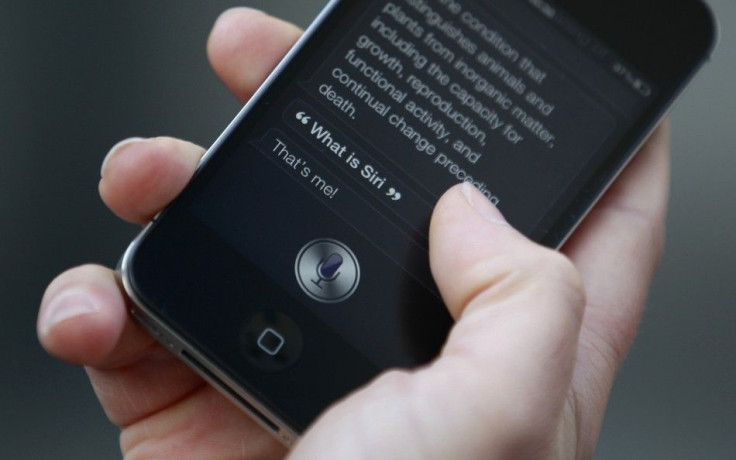Siri Can't be Released for iPhone 4, iPod Touch Right Now, Why?

The buzz around Apple's Siri - an artificial voice-enabled assistant - is whether it can be run on older Apple devices. Steve Troughton-Smith, an Ireland-based hacker, along with his San Francisco-based friend, Grant Paul, claimed to have successfully hacked Siri to run fully on the iPhone 4 and the iPod Touch 4G.
After the launch of the iPhone 4S, Troughton-Smith reportedly ported the Siri User-Interface (UI) and some of the underlying code from the iPhone 4S onto the iPhone 4. The port was functional except for the most important part: talking to Apple's servers. However, the pair recently managed to get the Siri port to communicate with Apple's servers to provide full Siri voice command functionality. They did it by using Troughton-Smith's code for the Siri port, developed last month and software authentication tokens from a jailbroken iPhone 4S to trick Apple's servers into thinking an iPhone 4 and an iPod touch 4G were actually an iPhone 4S, according to a Gizmag report.
However, Paul, who goes by the Twitter handle @chpwn, explained in a blog post on Tuesday why they can't release Siri for iPhone 4 and iPod touch as of now.
As @stroughtonsmith and I demonstrated a few days ago, it is possible to run Siri on iPhone 4 and iPod touch, he wrote, However, as we are currently unable to distribute the port or the procedure we used, I think I should at least explain the reasons why that isn't happening.
The Copyright Law
In the post, Paul seems concerned about the copyright law. He said since Apple owns the copyright on the software, images and data used inside the iOS, they can decide what other people can or licensed to do with them. Although the software is available on the Internet, it is illegal to redistribute that without an applicable license, according to Paul.
...just because certain files are freely available on a device or inside a firmware (ipsw) file freely downloadable from Apple's website, it does not imply that those files can legally be distributed by anyone else, he wrote.
All the resource files, images and codes inside Siri cannot be freely shared. Paul explained that since the frameworks and plugins that make up Siri are exclusive for the iPhone 4S, they have to be copied from a running iPhone 4S or from the iPhone 4S's firmware file.
It's Even More Technical
The first method requires you to own an iPhone 4S to copy the files from, so it is not useful for most people: if you already own an iPhone 4S, you already have Siri, Paul wrote. However, the issue with the second method is more technical.
According to him, the firmware files are distributed encrypted and the pair do not yet have the decryption key to access the Siri files inside of the iPhone 4S firmware file.
Hence, in order to install Siri on an iPhone 4 or on any other Apple device without a copyright violation, you must already own an iPhone 4S.
Paul said many people have managed to display the Siri UI on the iPhone 4, which can be done with access to the files copied off an iPhone 4S. However, he claimed that only Troughton-Smith and himself have managed to make Siri successfully contact the Apple servers and receive responses.
He didn't reveal too much about the procedure but did say that it was not easy, since it requires a jailbroken iPhone 4S, something which is currently not publicly available.
Paul concluded saying that hopefully everyone could try out Siri on their older devices when they should be able to decrypt the encrypted iPhone 4S firmware file or, in other words, to extract the Siri files legally and without the need for an iPhone 4S and have a jailbroken iPhone 4S, to get the other required information at a mass scale.
MUST READ: iOS 5 Jailbreak UPDATE: New Tweak Firebreak Easily Enables Hidden Panorama Mode [VIDEO]
© Copyright IBTimes 2025. All rights reserved.






















